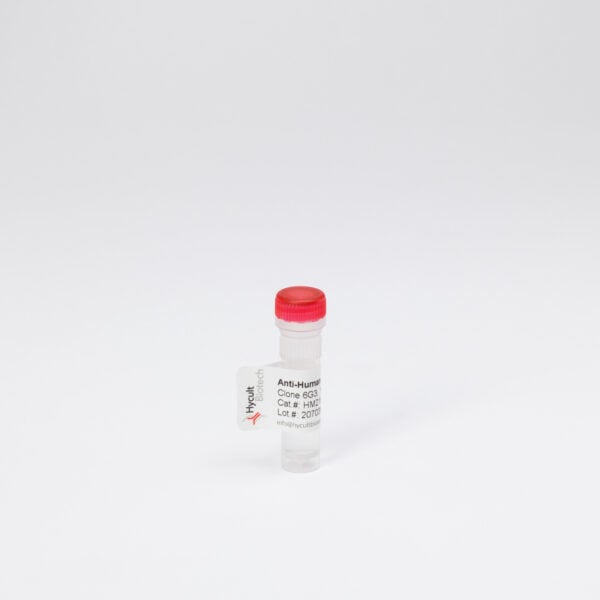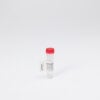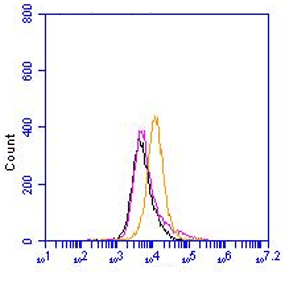Thrombomodulin, Human, mAb RTM96
€133.00 – €456.00
Monoclonal antibody RTM96 recognizes thrombomodulin (a C-type lectin also known as CD141), a complex molecule located on the endothelium and a key feature in the protein C pathway. The protein C anticoagulant pathway serves as a major system for controlling coagulation and limiting inflammatory responses, and potentially decreasing endothelial cell apoptosis in response to inflammatory cytokines and ischemia. The essential components of the pathway involve thrombin, thrombomodulin, the endothelial cell protein C receptor (EPCR), protein C and protein S. Thrombomodulin binds thrombin, directly inhibiting its clotting and cell activation potential while at the same time augmenting protein C. The endothelial cell protein C receptor (EPCR) augments protein C activation by the thrombin-TM complex more than 10-fold. TM also accelerates thrombin activation of a plasma procarboxypeptidase B, named thrombin activatable fibrinolysis inhibitor or TAFI resulting in slowing clot lysis. The inhibited thrombin rapidly dissociates from thrombomodulin, regenerating the anticoagulant surface. Thrombomodulin also has direct anti-inflammatory activity, minimizing cytokine formation in the endothelium and decreasing leukocyte-endothelial cell adhesion. Thrombomodulin inhibits leukocyte binding to activated endothelium. TM has been detected in a variety of cells and tissues in adults and during development, including astrocytes in the brain, keratinocytes, endothelial cells, mesothelial cells of the peritoneum, and circulating neutrophils, monocytes, and platelets. During fetal development, TM plays a central role in controlling the growth and survival of trophoblast cells in the placenta, a function essential for the maintenance of pregnancy. Thrombin binding to thrombomodulin involves anion binding exosite 1 on thrombin and epidermal growth factor (EGF) domains 4 to 6 on thrombomodulin. The monoclonal antibody RTM96 reacts with the EGF4 domain, thereby inhibiting the biological activity of thrombomodulin.













